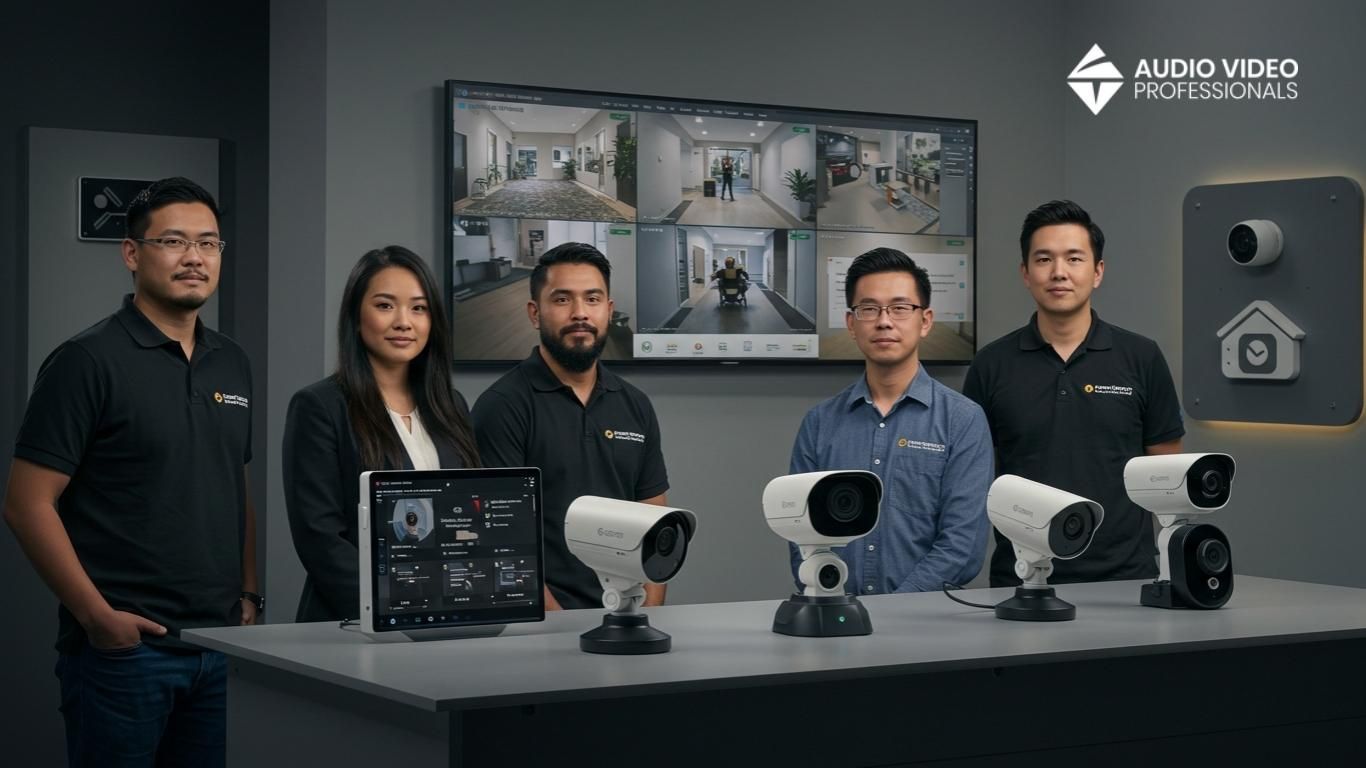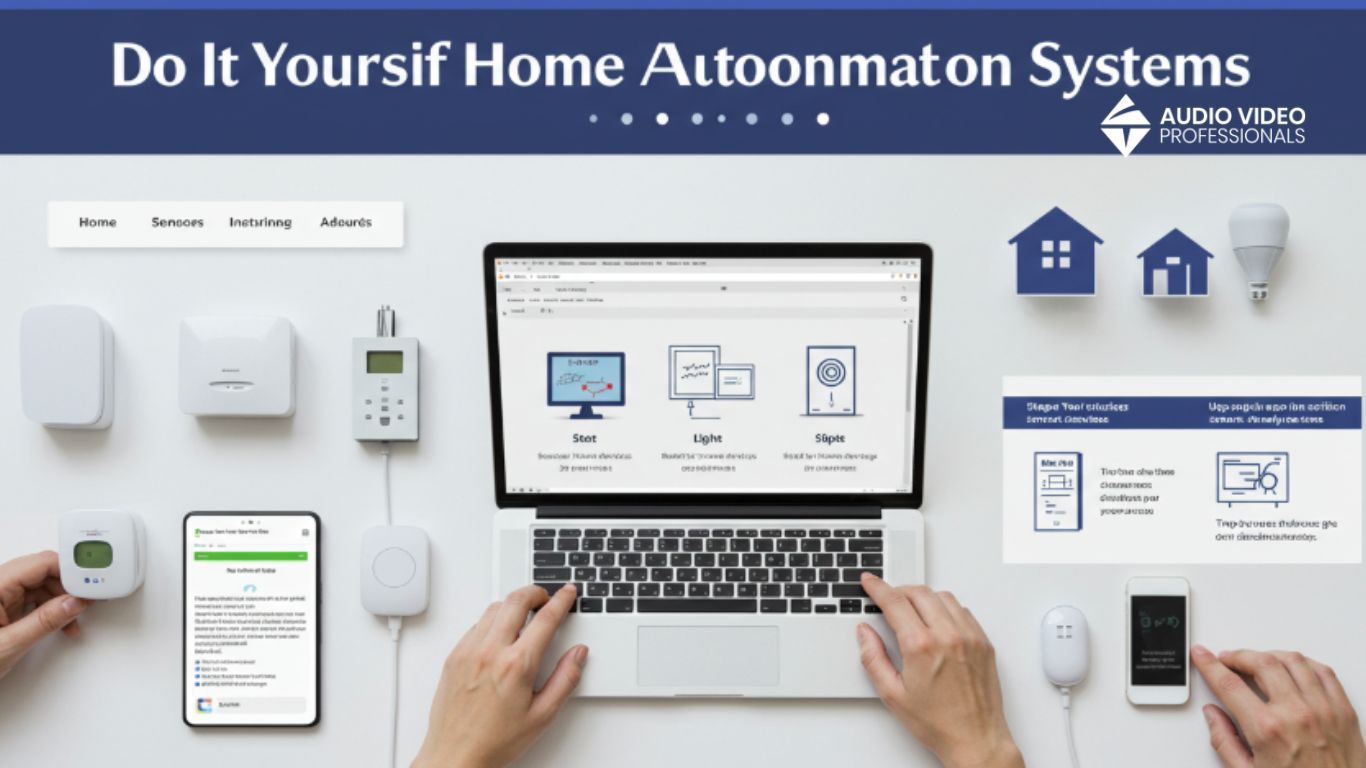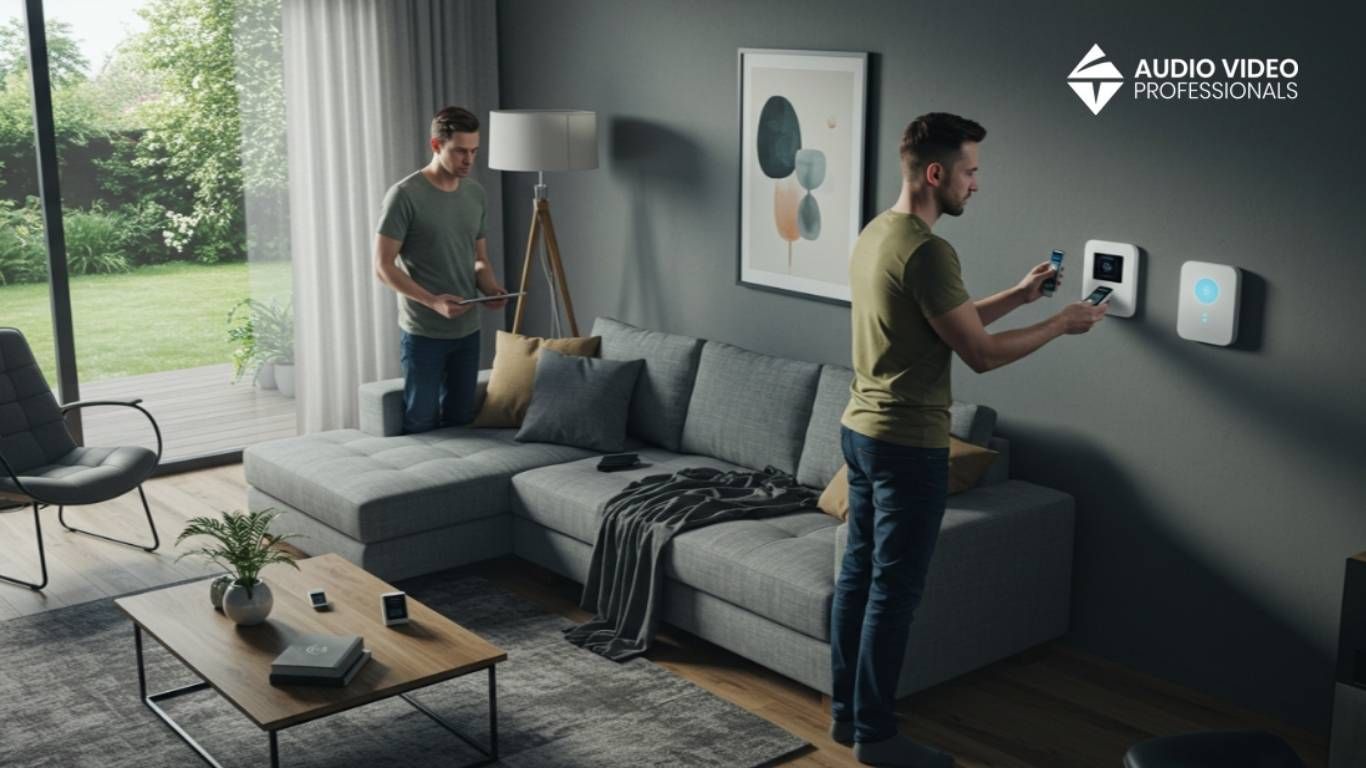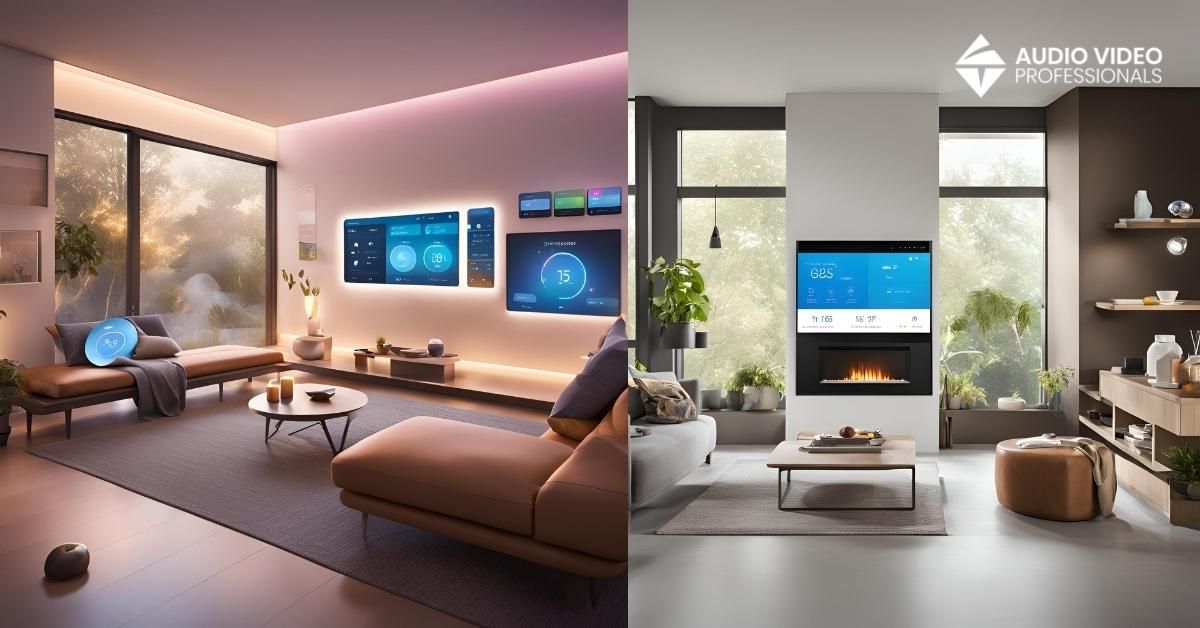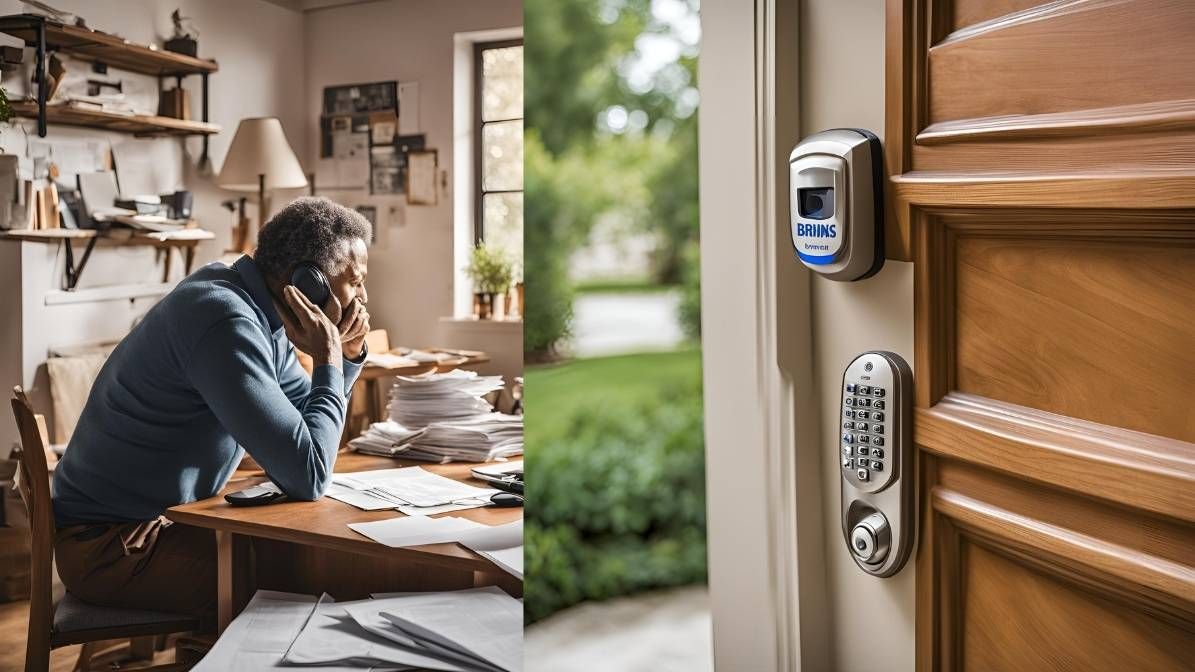What Are The Best Home Automation Systems
Home automation has revolutionized the way we interact with our living spaces, transforming our homes into intelligent environments that can be controlled and monitored from anywhere in the world. The convenience, security, and energy efficiency offered by these systems have made them an integral part of modern living. As we move further into 2024, the options for home automation systems continue to expand, with new features and integrations that make life easier and more connected. This article will explore the best home automation systems available, offering insights into their features, compatibility, and the unique benefits they bring to your home.
The global smart home market is projected to reach a staggering $174 billion by 2025, making it clear that more homeowners are embracing this technology. With various platforms such as SmartThings, Apple HomeKit, Amazon Alexa, Google Home, and Home Assistant, there's a wide array of options to choose from depending on your specific needs and existing devices.
The best home automation systems of 2024 include SmartThings for overall compatibility, Home Assistant for a hub-free setup, and Apple HomeKit for Apple users, each offering unique features to suit different needs.
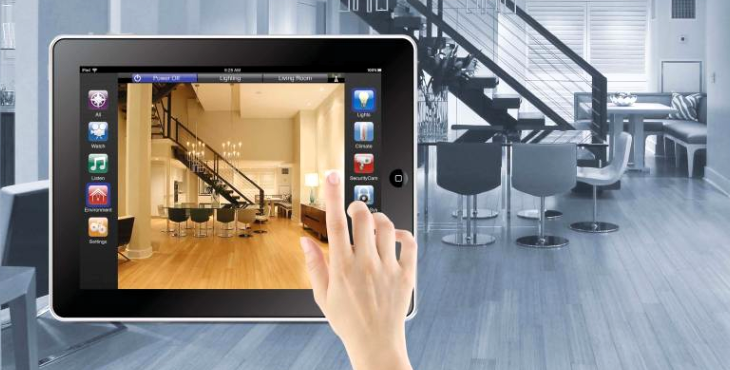
Overview of Home Automation Systems
A home automation system is the backbone of a smart home, serving as the central hub that connects and controls various smart devices. These systems allow homeowners to automate tasks, monitor security, control lighting and temperature, and even manage entertainment systems with ease. The right home automation system can significantly enhance the quality of life by providing seamless integration and control over all smart devices. When choosing a home automation system, factors like compatibility, ease of use, and integration with existing devices are crucial to ensuring a smooth and efficient experience.
1. SmartThings: Best Overall Home Automation System
SmartThings, developed by Samsung, is widely recognized as one of the most versatile and comprehensive home automation systems available today. It offers extensive compatibility with over 5,000 smart devices, including lights, thermostats, cameras, and more. SmartThings supports multiple communication protocols, such as Wi-Fi, Zigbee, and Z-Wave, ensuring that it can connect with a wide range of devices from various brands.
The SmartThings app is intuitive and user-friendly, allowing users to easily set up and manage their smart home. With its powerful automation capabilities, SmartThings enables users to create custom routines and scenes that automate tasks throughout the day. Whether it's adjusting the brightness of your smart lights or controlling the temperature with a smart thermostat, SmartThings provides a seamless experience that integrates all your devices into one cohesive system.
2. Home Assistant: Best Without a Hub
Home Assistant is an open-source platform that has gained popularity for its flexibility and control. Unlike other systems, Home Assistant does not require a dedicated hub, making it a cost-effective option for those who want to set up a smart home without investing in additional hardware. It can run on devices like Raspberry Pi, Windows, macOS, and Linux, providing a highly customizable experience for tech-savvy users.
Home Assistant is known for its fast response times and security, as it operates locally rather than relying on cloud servers. This local operation ensures that your data remains secure and that your smart devices respond instantly to commands. The platform integrates with over 1,000 APIs, allowing users to connect a vast array of devices, from smart lights and thermostats to cameras and security systems.
3. Apple HomeKit: Best for Apple Users
Apple HomeKit is the ideal choice for those already embedded in the Apple ecosystem. With a user-friendly interface and seamless integration with Siri, Apple HomeKit offers a powerful and intuitive way to control your smart home devices. The system supports automation scenarios that can be triggered by time, location, or device status, allowing for a highly personalized smart home experience.
HomeKit's focus on privacy and security ensures that your data is protected, making it a reliable option for users who prioritize these aspects. However, it's worth noting that HomeKit's compatibility is somewhat limited to HomeKit-certified devices, which may restrict your choices when expanding your smart home system.
4. Amazon Alexa: Best for Voice Control
Amazon Alexa remains a leader in voice-controlled home automation systems, offering extensive compatibility with thousands of smart devices. Alexa's voice recognition capabilities are highly accurate, making it a favourite for users who want hands-free control over their smart home. With Amazon's vast ecosystem, you can integrate Alexa with smart lights, thermostats, security systems, and even kitchen appliances.
The Alexa app allows users to create custom routines and automations that can be triggered by voice commands or specific events. Whether you want to turn off the lights when you go to bed or play your favorite music as you cook, Alexa provides a seamless and interactive smart home experience.
5. Google Home: Best for Google Ecosystem
Google Home is another strong contender in the home automation space, particularly for users who are already invested in Google's ecosystem. With the Google Home app, you can control a wide range of smart devices, from thermostats and lights to cameras and doorbells. Google's powerful voice assistant, integrated with Google Home, offers reliable voice control and automation capabilities.
Google is also a key player in the development of Matter, a new connectivity standard that aims to unify smart home devices across different platforms. This means that in the future, Google Home will likely support an even broader range of devices, making it a versatile choice for those looking to build a smart home that can grow with their needs.
6. IFTTT: Best to Automate Everything
IFTTT (If This Then That) is a unique home automation platform that goes beyond just connecting smart home devices. It allows users to create custom applets that link various apps and devices together, automating everything from social media posts to smart home routines. While IFTTT doesn't require a hub, it does offer powerful automation capabilities that can be customized to suit your needs.
Whether you want to receive a notification when your security camera detects motion or automatically turn on the lights when you arrive home, IFTTT provides endless possibilities for automating your life. The platform is free to use, with optional subscription plans that offer additional features and faster execution of applets.
Conclusion
Choosing the best home automation system depends on your specific needs, preferences, and the devices you already have in place. Whether you prioritize compatibility, ease of use, voice control, or security, there's a system out there that can transform your home into a smart, connected environment. SmartThings offers the most comprehensive support for devices, making it an excellent all-around choice. Home Assistant provides flexibility without the need for a hub, while Apple HomeKit is perfect for those deeply integrated into the Apple ecosystem. Amazon Alexa and Google Home cater to users who prefer voice control, with extensive device compatibility and automation options.
As home automation continues to evolve, these systems will likely become even more integrated into our daily lives, offering new ways to simplify tasks, save energy, and enhance security. By choosing the right system for your home, you can enjoy the convenience and peace of mind that comes with a fully automated smart home.
FAQs About Home Automation Systems
1. What is the difference between a smart home and home automation?
A smart home typically refers to a home equipped with devices that can be controlled remotely or automatically, often through a mobile app or voice commands. Home automation, on the other hand, involves setting up routines and automations that allow these devices to work together based on specific triggers, such as time of day or motion detection. Essentially, a smart home is the foundation, and home automation is the system that makes it all work seamlessly.
2. How much does it cost to install a home automation system?
The cost of installing a home automation system can vary widely depending on the system you choose and the devices you want to include. Startup costs typically range from $100 to $200 for a hub or server, with additional costs for devices like smart lights, thermostats, security systems, and cameras. A complete setup can cost anywhere from a few hundred to several thousand dollars, depending on the complexity and scale of the automation.
3. Can I set up a home automation system myself?
Yes, most home automation systems are designed for DIY installation. Systems like SmartThings, Home Assistant, and Amazon Alexa offer user-friendly interfaces and easy setup processes, allowing you to build and customize your smart home without professional help. However, more complex systems like Control4 might require professional installation to ensure everything works correctly.
4. What are the most important factors to consider when choosing a home automation system?
When selecting a home automation system, consider factors such as compatibility with existing devices, ease of use, security features, scalability, and cost. It's also important to think about your long-term goals for home automation, including any specific tasks or features you want to automate. Choosing a system that aligns with your needs and preferences will ensure a smooth and satisfying smart home experience.
5. What are the benefits of integrating voice control with home automation?
Integrating voice control with your home automation system offers hands-free convenience, allowing you to control devices with simple voice commands. This is particularly useful for tasks like adjusting lighting, setting thermostats, locking doors, and controlling entertainment systems without having to reach for your phone or interact with an app. Voice assistants like Amazon Alexa, Google Assistant, and Siri are highly responsive and can be integrated with most home automation systems, enhancing the overall user experience.
Need help? Get a call back!
Call Us Today
Our Services
Our Company
Location: Meridian, ID 83646
Email: info@audiovideoidaho.com
Call Us Today 208-546-9478
We Are Social
Hours Of Operation
Monday to Friday 8:00 AM - 5:00 PM
Saturday: Appointment Only
Sunday: Closed
All Rights Reserved | Audio Video Professionals




